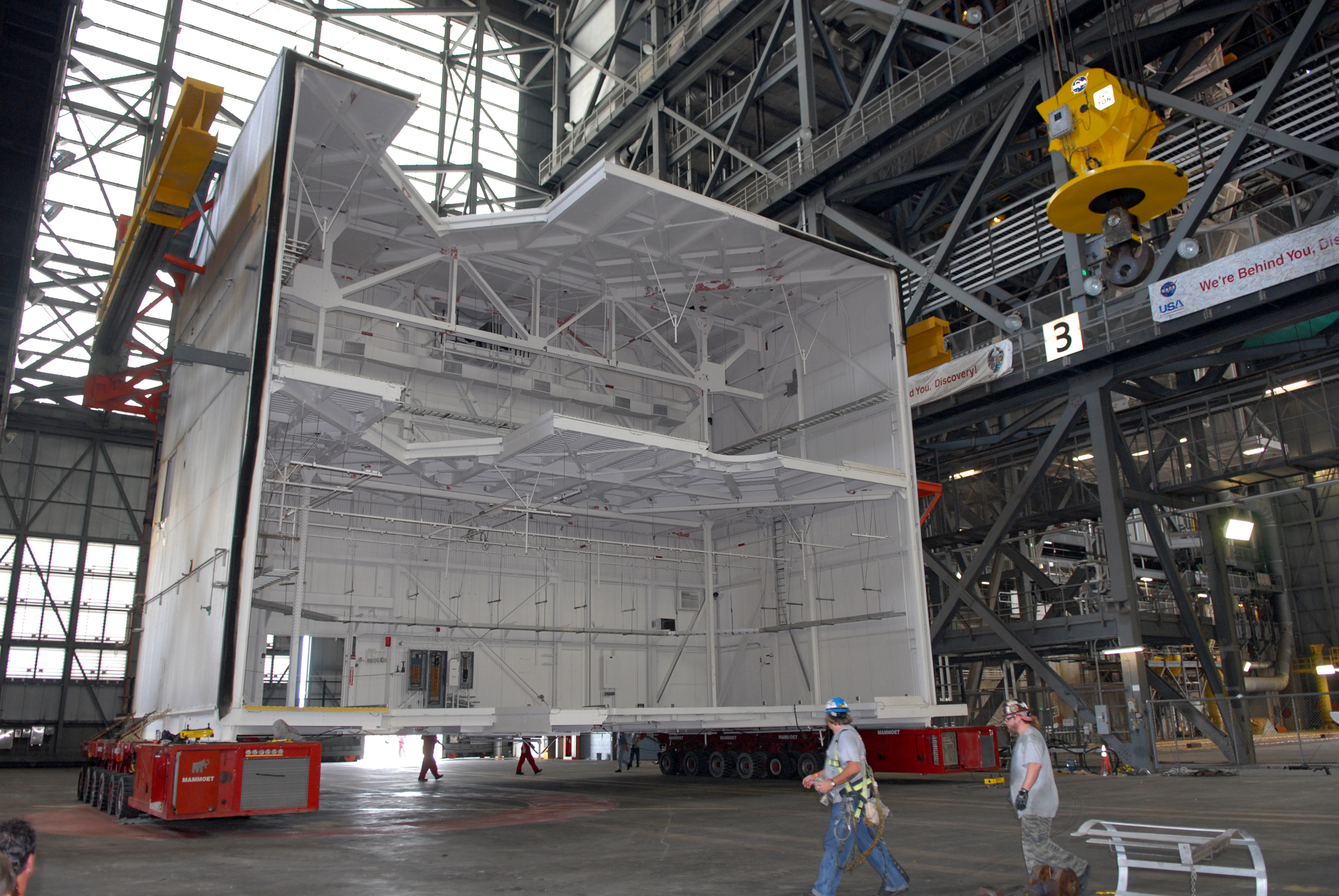
NASA in the News
The nation’s space exploration program took a critical step forward after a successful technical review of the core stage of the Space Launch System (SLS), the rocket that will take astronauts farther into space than ever before. “This meeting validates our design requirements for the core stage … and is the first major checkpoint for our team,” said Tony Lavoie, manager of the SLS stages element at Marshall Space Flight Center. “Getting to this point took a lot of hard work, and I’m proud of the collaboration between NASA and our partners at Boeing. Now that we have completed this review, we go from requirements to real blueprints.” The first test flight of SLS, which will feature a configuration for a 77-ton lift capacity, is scheduled for 2017. For more information about the Space Launch System, visit https://www.nasa.gov/humans-in-space/space-launch-system/.
NASA Technology Transfer
In an effort to accelerate technology transfer from NASA into the hands of American businesses, industry, and the public, NASA’s new Technology Transfer Portal provides an Internet-based front door to the agency’s unique intellectual property assets available for transfer and infusion into the economy. One of NASA’s highest-priority goals is to streamline its technology-transfer procedures, support additional government-industry collaboration, and encourage the commercialization of novel technologies flowing from our federal laboratories, said NASA Administrator Charles Bolden. One way NASA can streamline and increase the rate of aerospace technology transfer is through tools like NASA’s Technology Transfer Portal. To access the portal, visit technology.nasa.gov.
Letters to Earth
Gain insight into the life, thoughts, and routine of a NASA astronaut through Letters to Earth, a blog written by astronaut Donald Pettit during his most recent expedition aboard the International Space Station. Populated with photos from daily experiments and experiences, including the challenge of photographing through the stations windows, Pettit’s blog offers a rare, in-depth look into what being a part of the nations space program really means. Educational, humorous, and thought-provoking, it provides an enjoyable way to stay involved with space science. Read his blog online at blogs.airspacemag.com/pettit.
For More on Our Stories
Additional information pertaining to articles featured in this issue can be found by visiting the following web sites:
Feedback
We welcome your comments on what you’ve read in this issue of ASK and your suggestions for articles you would like to see in future issues. Share your thoughts with us.









